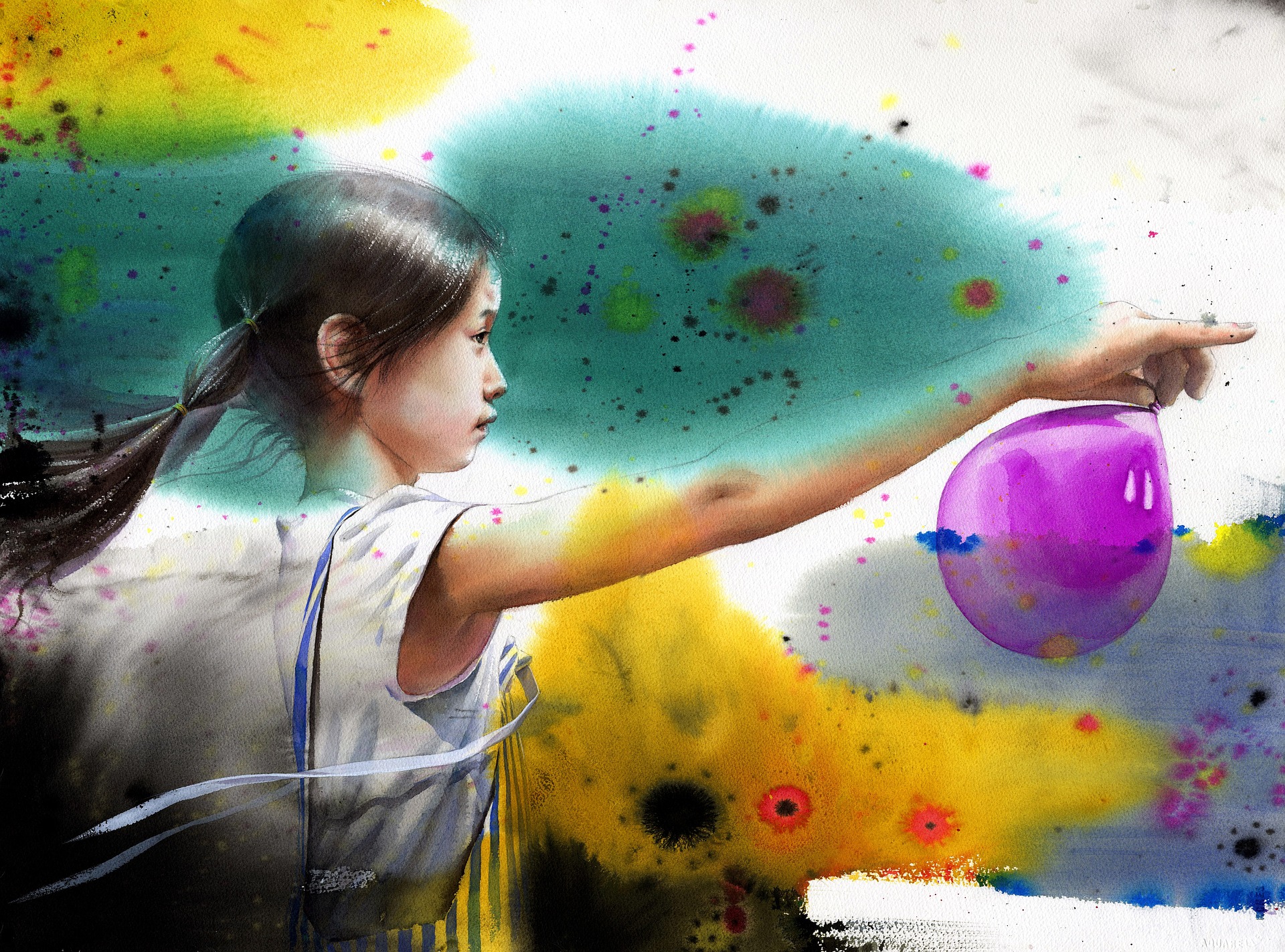What is the difference between perception and perspective? It’s important you know this because it can increase your happiness a hundredfold just by making this powerful distinction. It might seem like splitting hairs. But it is one of the most wonderful skills to have when you’re living in a world apparently getting more divided every day.
In my last post, you explored the question, “What if there was no right or wrong?” You saw the need for what could happen if there was more than one right way and thus – no one wrong way. I promised 3 new posts, each offering a new shift in perspective. This is number one. But first, the answer to the question.
The Difference Between Perspective and Perception
Perception is how you make meaning of something. It is how you understand it. Perspective is your point of view. When you change the point from which you’re viewing something, it will change the way it looks. And that means it will change the way you understand it or make sense of it.
So the power for changing your life, and the world, really rests in your perspective, not your perception. Perspective comes first. Perception follows. Others may disagree. But I say that if you change your point of view, you enable a shift in your perception. I would go so far as to say that you cannot change your perception without a change in your point of view.
perception. Perspective comes first. Perception follows. Others may disagree. But I say that if you change your point of view, you enable a shift in your perception. I would go so far as to say that you cannot change your perception without a change in your point of view.
Contemplate that for just a moment. If you want to change the way you perceive something, or how you see it, you have to change the point from which you’re viewing it or your perspective.
Perspective 1: All Viewpoints Are Valid
Here’s a circle with a big dot right in the middle. Imagine that dot represents the object of contention – the dishwasher, the time to leave for the airport, a political race, mask-wearing, how to determine justice, etc. Fill in what’s relevant to your life.

Now notice that the circle around that object of contention is made up of multiple points positioned right next to one another. And when you see them as connected, they create your experience of a circle.

Now imagine moving around that circle and viewing the object of contention from each individual point. Each view will be different, just as the view of a street will appear differently when seen from a building’s ground floor, the roof, and from the building across the street.

With each literal point from which you’re viewing, the object of contention presents itself in a slightly different light because you are viewing it from a slightly different position.
Flexibility In Perspective Supports Inclusion

This means that every point from which you view the object
is actually a valid point of view.
This is hugely important in helping you distinguish perception from perspective.
By valid I mean that it is the actual view of the object as seen from that particular individual point on the circle surrounding it. Note that I am not saying the view is accurate. Accuracy implies that it is a true reflection of what is being seen.
In fact, no view seen from a single point can present a fully accurate view because it is reflecting only what can be seen from that position.
Hence I use the term valid rather than accurate.
And, we are less inclined to argue with a valid point of view, and more inclined to argue with a point someone presents as accurate
and thus the truth.
Check this out for yourself:
- Put some object in front of you and then walk around it in a circle and notice how what you see of the object changes as you move around it.
- Walk around a tree and you’ll experience the same thing.

You just can’t see the whole of anything from any single point of view.
Freeing? Yes! Annoying? Sure can be!
Could Changing Your Perspective (& Thus Perception) Change Your Life?
Check it out for yourself. Do you think (or secretly feel) there really is a right, correct, more efficient, or the best way to:
- Load the dishwasher
- Fold the towels fresh out of the dryer
- Vote in an upcoming election
- Drive from your house to where you drop off the kids at school
- Dress for a workout
- Invest for your future
- Express freedom
- Think intelligently
- Perhaps even slice an onion, or cut up an apple?

Amazingly enough, these kinds of opinions, backed by an unconscious emotional commitment, create the content of most of our everyday, ordinary arguments, disagreements, annoyances, and even the extreme polarization you see emerging today.
It makes an amazing difference in your perception of others when you use this particular perspective. Determining that another’s viewpoint is valid, not invalid and wrong, helps to soothe the emotions, calm the mind, and restore a sense of balance and goodwill, honoring the age-old notion that everyone is indeed a unique expression of life.
Do Teasing And Bickering Count As Arguing?
It’s interesting to approach teasing and bickering as not only judgments but perspectives as well. When forgetting your judgments are perceptions based on perspectives, they easily become invitations to hurtful behavior and a potential full-blown argument with extreme polarization often unfolding quickly and explosively.
I invite you to explore your own intention behind these very common ways of relating when emotions get triggered and stirred up:
- Are you pointing out something indirectly because you don’t want to say it directly?
- Are you trying to connect but reticent to do it openly?
- Has bickering become your way of bonding?
- Is squabbling the way you create a sense of intimacy?
- Is quarreling the way you get your partner or friend to engage?
All of these poke at the ego, insecurities, and that lurking, unconscious sense of inadequacy and basic unworthiness. And all of these contribute to and possibly arise out of unconscious polarization.

Thus, it seems wise to explore becoming more conscious of all these ways of relating. Challenge yourself to view all perspectives as valid and only arising out of a particular point from which the person is viewing the situation or circumstance.
Then your ability to use this perspective – all viewpoints are valid (not accurate) – will change how you relate to everyone in your life – especially those you feel are viewing situations from a point on the circle that totally oppose your own perspective.
Embracing This Single Perspective Guarantees Greater Peace Of Mind
Dive one layer deeper and explore the perspective behind your perceptions. Then apply this notion to others, especially those you feel are completely wrong. Note I said ‘feel’.
to others, especially those you feel are completely wrong. Note I said ‘feel’.
Personal polarization is driven by an emotional commitment to the feeling your viewpoint is right and other viewpoints are inconceivable, wrong, or just plain stupid. This is especially evident today due to the pandemic and political upheavals, causing people to choose a side, one right, and one wrong! This is why it’s so important to have awareness of the difference between your perception and your perspective.
To help you do this more easily I promised 3 more articles on this topic and this is number one. Stay tuned for article number two which offers you the 2nd liberating perspective. Together, these two will get you on the road to greater clarity and calm and speed up your arrival at that greater sense of happiness and peace of mind – even in the midst of today’s uncertainty, sense of chaos, anxiety, frustration, fear, and polarization.
Until then, please remember that you have successfully navigated uncertainty for your whole life. Now it’s time to become more conscious of how to face that uncertainty with as many tools in your pocket as possible to meet each challenge of the day. These 3 perspectives I’m sharing enable you to do just that.
Until next time,
Much love,
Ragini
**Images Courtesy of www.Pixabay.com







Leave a Reply